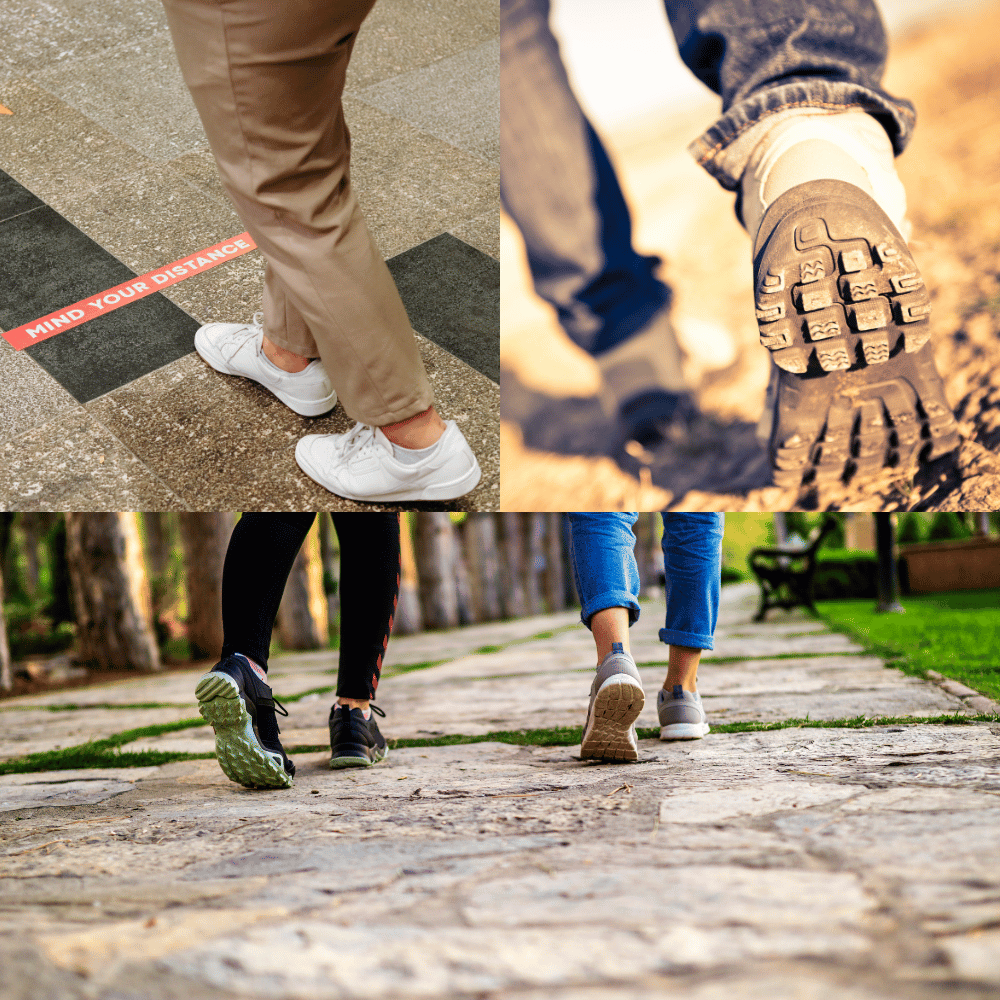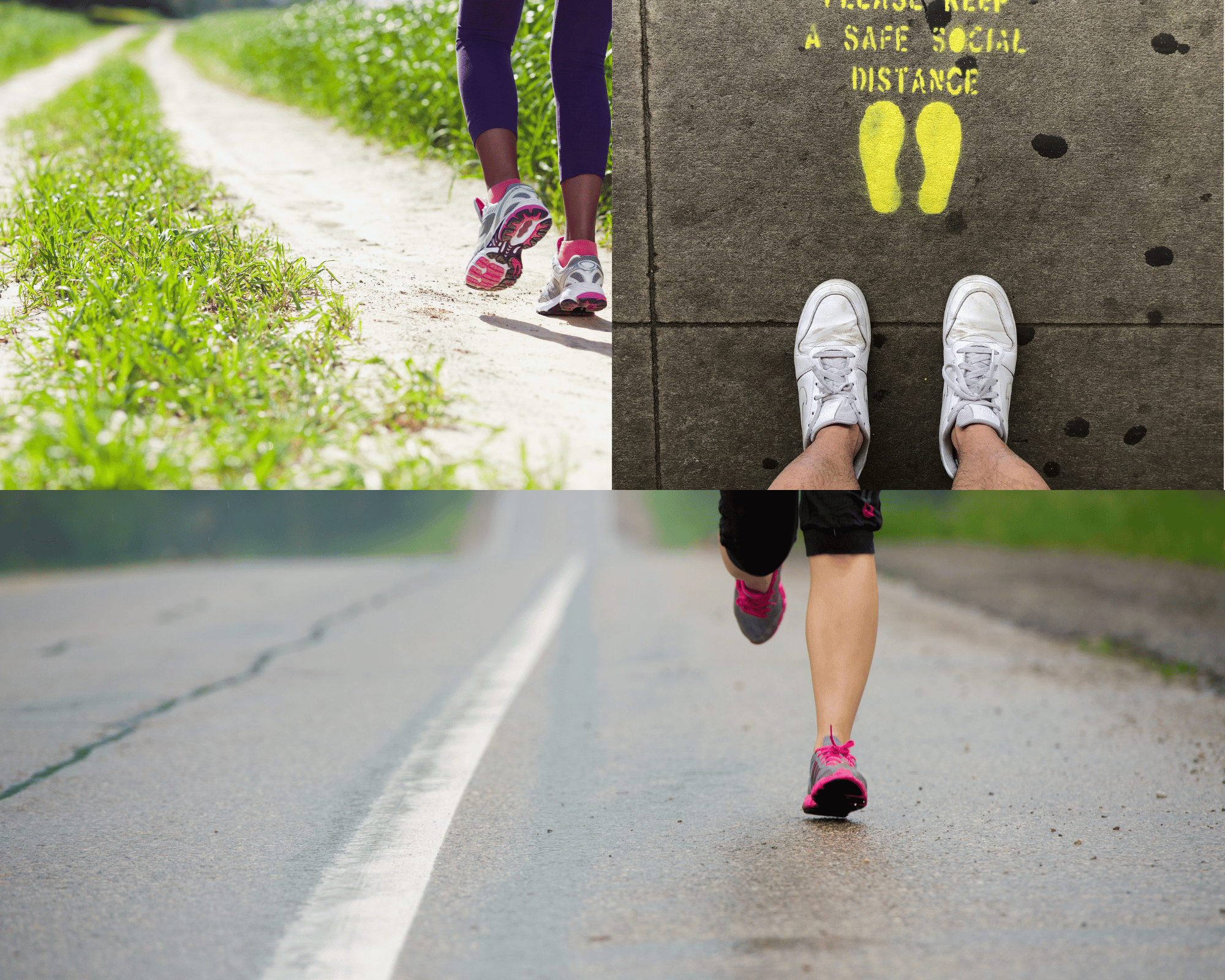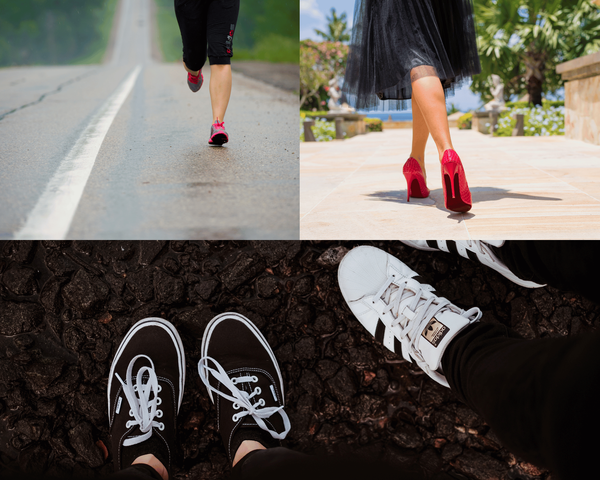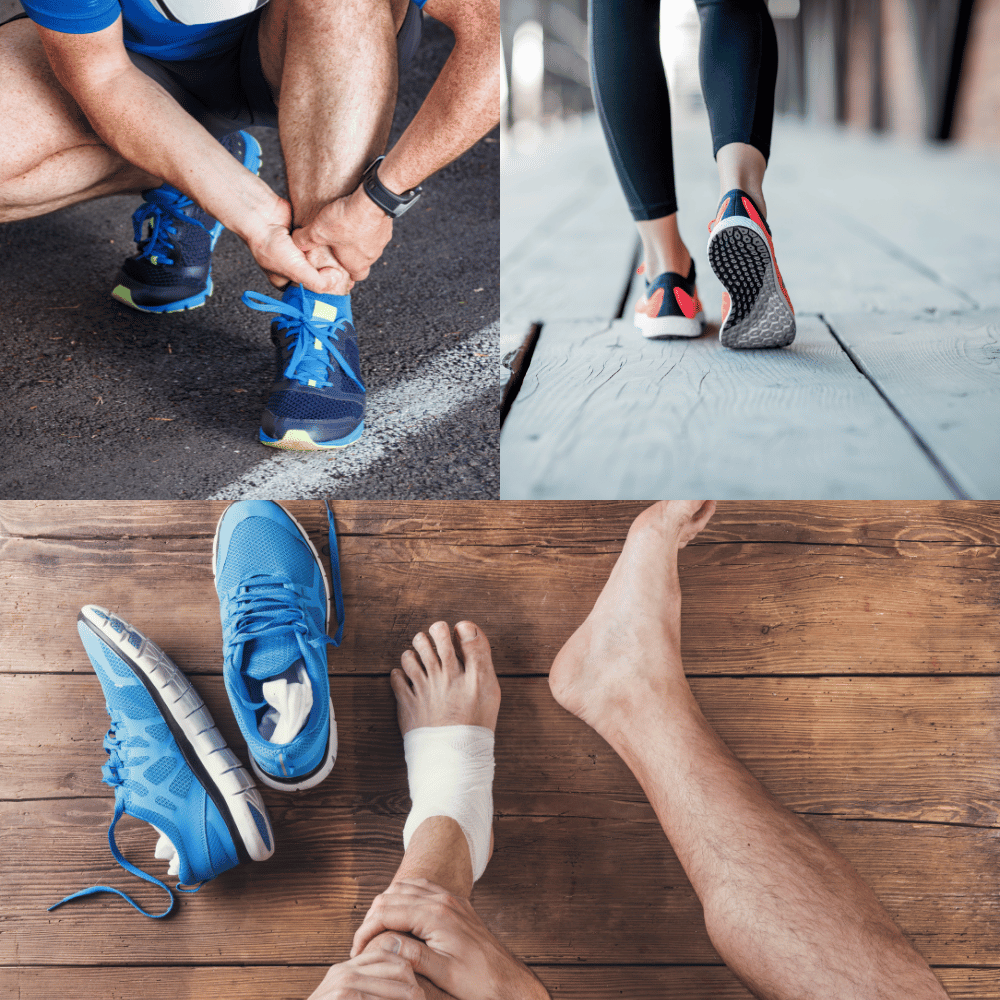Walking shoes are a staple in everyone's wardrobe, but choosing the right material can make all the difference in comfort, durability, and overall performance. Whether you're a casual walker or a dedicated hiker, understanding the pros and cons of different materials can help you make an informed decision.
Key Takeaways:
- Different materials offer unique benefits for walking shoes.
- Comfort, durability, and environmental impact are key factors in choosing the right material.
- Leather, synthetic, mesh, and eco-friendly options each have distinct advantages.
1. Introduction to Walking Shoe Materials
Choosing the right material for walking shoes can make a world of difference in comfort and performance. Whether you're a casual walker or a dedicated hiker, the material of your shoes plays a crucial role in your overall experience. Let's dive into the various materials available and their benefits.
2. Leather Walking Shoes
Leather walking shoes are known for their durability and comfort. They mold to the shape of your feet over time, providing a custom fit that enhances comfort. Leather is also naturally water-resistant, making it a great choice for walking in various weather conditions.
However, leather walking shoes can be heavier than other options. They also require regular maintenance to keep them in good condition. Despite these drawbacks, many people prefer leather for its classic look and long-lasting quality.
3. Synthetic Walking Shoes
Synthetic walking shoes are often made from materials like nylon and polyester. These shoes are typically lighter than leather options, making them ideal for long walks or hikes. Synthetic materials are also usually more affordable and easier to clean.
On the downside, synthetic walking shoes may not be as durable as leather. They can wear out more quickly, especially if used frequently. However, advancements in technology have led to more durable synthetic options that can withstand regular use.
4. Mesh Walking Shoes
Mesh walking shoes are designed for breathability. The lightweight mesh material allows air to circulate, keeping your feet cool and dry. This makes them an excellent choice for walking in hot weather or for those who tend to sweat a lot.
While mesh walking shoes are incredibly comfortable, they may not offer the same level of support as leather or synthetic options. They are also less water-resistant, which can be a drawback in wet conditions. Despite these limitations, the comfort and breathability of mesh walking shoes make them a popular choice.
5. Eco-Friendly Walking Shoes
Eco-friendly walking shoes are made from sustainable materials like recycled plastics, organic cotton, and natural rubber. These shoes are designed to minimize environmental impact while still providing comfort and durability.
Choosing eco-friendly walking shoes is a great way to reduce your carbon footprint. However, they can be more expensive than traditional options. Despite the higher cost, many people find the environmental benefits to be worth the investment.
6. Vegan Walking Shoes
Vegan walking shoes are made without any animal products. They often use synthetic materials or plant-based alternatives. These shoes are a great option for those who are conscious about animal welfare.
Vegan walking shoes can be just as durable and comfortable as their non-vegan counterparts. However, it's important to check the quality of the materials used, as some vegan options may not be as long-lasting.
7. Durable Walking Shoes
Durability is a key factor when choosing walking shoes. Leather and high-quality synthetic materials are often the most durable options. These materials can withstand regular use and harsh conditions, making them ideal for avid walkers.
While durable walking shoes may come with a higher price tag, they often provide better value in the long run. Investing in a durable pair can save you money and hassle down the line.
8. Lightweight Mesh Walking Shoes
Lightweight mesh walking shoes are perfect for those who prioritize comfort and breathability. The mesh material is incredibly light, balance fresh foam, best shoes reducing the strain on your feet during long walks. This makes them a popular choice for casual walkers and fitness enthusiasts alike.
However, lightweight mesh walking shoes may not offer the same level of support as heavier options. They are best suited for well-maintained paths and urban environments rather than rugged trails.
9. Comfortable Leather Walking Shoes hiking shoes
Comfortable leather walking shoes offer a blend of durability and comfort. The leather material molds to your feet over time, providing a custom fit that enhances comfort. These shoes are also naturally water-resistant, making them versatile for various conditions.
While leather walking shoes can be heavier, the comfort they provide often outweighs this drawback. Regular maintenance is required to keep them in good condition, but many find the effort to be worth it for the comfort and durability they offer.
10. Comparing Different Materials
When comparing different materials for walking shoes, it's important to consider your specific needs. Leather offers durability and a custom fit, while synthetic materials provide lightweight and affordable options. Mesh is ideal for breathability, supportive shoes, breathable mesh, and eco-friendly and vegan options cater to those with environmental and ethical concerns.
Each material has its pros and cons, so it's essential to weigh these factors based on your walking habits and preferences. Trying on different types can also help you determine which material feels best for you.
11. Environmental Impact
The environmental impact of your walking shoes is an important consideration. Eco-friendly and vegan walking shoes are designed to minimize harm to the planet. These options often use sustainable materials and ethical manufacturing processes.
Choosing environmentally friendly walking shoes can help reduce your carbon footprint. While they may be more expensive, the long-term benefits to the planet make them a worthwhile investment for many.
12. Cost Considerations running shoes
Cost is another crucial factor when choosing walking shoes. Leather and eco-friendly options tend to be more expensive, while synthetic and mesh shoes are often more affordable. However, the initial cost should be weighed against the durability and longevity of the shoes.
Investing in a high-quality pair of walking shoes can save you money in the long run. Cheaper options may wear out more quickly, requiring more frequent replacements.
13. Maintenance and Care
Proper maintenance and care can extend the life of your walking shoes. Leather shoes require regular cleaning and conditioning to keep them in good condition. Synthetic and mesh shoes are generally easier to clean but may need more frequent replacements.
Taking care of your walking shoes can enhance their performance and longevity. Following the manufacturer's care instructions is essential for maintaining the quality of your shoes.
14. User Reviews and Recommendations best walking shoes shoe materials for long distance on concrete
Reading user reviews and recommendations can provide valuable insights into the performance of different walking shoe materials. Many people share their experiences online, shoes for walking, mesh upper, highlighting the pros and cons of various options.
User reviews can help you make an informed decision based on real-world experiences. Look for reviews from people with similar walking habits and preferences to get the most relevant information.
15. Final Thoughts
Choosing the best material for walking shoes depends on your specific needs and preferences. Leather, synthetic, mesh, eco-friendly, and vegan options each offer unique benefits. Consider factors like comfort, durability, environmental impact, wide toe box, roomy toe box, toe box, trail running shoes, athletic shoes, lightweight shoe, breathable mesh upper, most running shoes, arch support, ample cushioning and cost when making your decision.
Trying on different types and reading user reviews can also help you find the perfect pair. Ultimately, the best material for walking shoes is the one that meets your needs and enhances your walking experience.
Summary
Selecting the right material for walking shoes is crucial for comfort and performance. Leather, synthetic, mesh, eco-friendly, and vegan options each offer unique benefits. Consider factors like durability, breathability, environmental impact, walking on concrete, and cost to find the best fit for your needs.
FAQ
1. What is the most durable material for walking shoes?
Leather is often considered the most durable material for walking shoes. High-quality synthetic options can also offer good durability.
2. Are eco-friendly walking shoes worth the investment?
Eco-friendly walking shoes can be more expensive, but they offer significant environmental benefits. Many people find the investment worthwhile for the reduced carbon footprint.
3. How do I care for leather walking shoes?
Leather walking shoes require regular cleaning and conditioning. Use a leather cleaner and conditioner to keep them in good condition and follow the manufacturer's care instructions.










